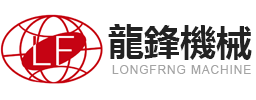Plug material and structure
The material of the piston pin is like a low carbon steel or a low carbon alloy steel. 15, 20, 15Cr, 20Cr and 20Mn2 steels are commonly used in engines with low loads. In the reinforced engine, high-grade alloy steels such as CrNi3A, 18Cr MnTi2, and 20Si MnVB are used, and 45 medium carbon steels are sometimes used.
In order to make the outer layer of the piston pin hard and wear resistant, the piston pin needs to be heat treated. Carburizing and quenching the outer surface of the piston pin of low carbon steel material. Depending on the size of the piston pin, the depth of the carburized layer is in the range of 0.5-2 mm. For the 45 steel piston pin, the surface is quenched, and the depth of the quenching layer is 1-1.5 mm. Note that the piston pin cannot be hardened when quenching, otherwise the piston pin will become brittle.
The structural shape of the piston pin is very simple, basically a thick-walled hollow cylinder. The inner hole has a cylindrical shape, a two-section frustoconical shape and a combined shape. The cylindrical hole is easy to machine, but the quality of the piston pin is large; the piston pin of the two-section frustoconical hole is small in mass, and because the bending moment of the piston pin is the largest in the middle, it is close to the equal-strength beam, but the cone Hole processing is difficult.








